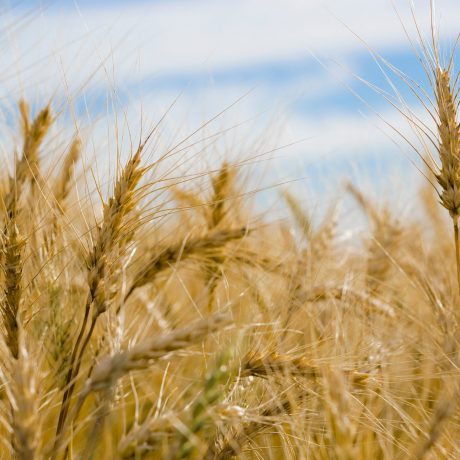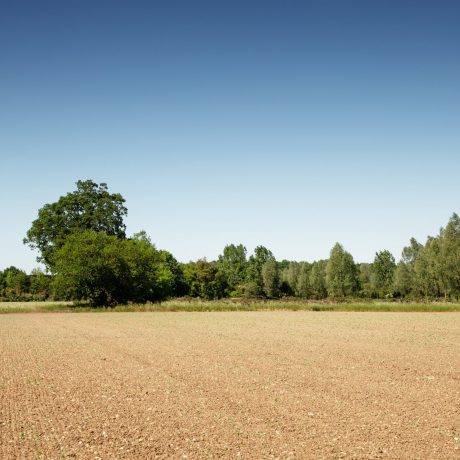Autumn Agronomy: Cultivations, Crops & Challenges in a Changing Season
Annis Cousins
Sep, 03 2025As we move into the latter half of the year, the agronomy landscape continues to be shaped by unpredictable weather patterns and shifting input markets. With an early harvest behind us and autumn preparations underway, we explore the current state of cultivations, crop establishment, and input planning. From blackgrass control to OSR resilience, we take a closer look at the challenges and opportunities facing growers as they prepare for the months ahead.
Cultivations
With the early harvest this year, growers have had a valuable window to get ahead with cultivations. However, persistently dry conditions are proving challenging, especially in heavier soils. That said, the conditions have been favourable for subsoiling, with good opportunities to achieve the desired ‘lift and shatter’ effect.
Autumn 2024 was particularly favourable for blackgrass control, with many growers reporting lower seed return than in previous seasons. As a result, fewer may need to resort to full inversion tillage this autumn. In fields with historic or high-pressure grassweed populations, inversion with the plough remains one of the most effective strategies to bury fresh seed and create a window for cleaner establishment.
For those who have already completed their primary cultivations, many report that the land has come up in good condition, ready to consolidate and hold moisture once the rain arrives. Patience is important; waiting for moisture before creating the final seedbed will ensure more even crop establishment. The temptation for early drilling will be very high this year, but waiting for grassweeds to flush, which has not yet happened, is key.
Winter Barley
Many will have winter barley drilling in their sights in the coming weeks. It is essential to get a flush of any volunteer cereals and grassweeds to ensure a good kill ahead of drilling. Cultural controls are particularly important in barley, as post-emergence chemical control options are limited. Soil temperatures are likely to remain warm into late September, which should help ensure good conditions for establishment once rainfall arrives.
Oilseed Rape (OSR)
There is a clear split in OSR establishment so far this season. Crops sown in the last week of July and early August generally benefited from residual moisture, achieving even germination and rapid early growth. These plants are now well ahead—at four true leaves or more—and are becoming less vulnerable to both pests and weather extremes.
In contrast, crops drilled in mid-August or later have struggled to establish in the dry conditions. Many are still waiting for sufficient rainfall to trigger germination. While there is a delay, rainfall should still allow crops to establish, provided seedbeds were well-prepared and seed-to-soil contact was good.
Flea beetle pressure is the next critical challenge. Peak migration is imminent, so monitoring is essential. If OSR has not yet been drilled, waiting until after peak migration is advisable to avoid seedlings being at their most vulnerable during the height of pressure. For later drilling, switching to a hybrid variety might be worthwhile, as they typically offer more vigour and resilience compared with conventionals. Ultimately, drilling decisions will be driven by moisture and rainfall.
Inputs
Looking ahead, many will be considering cereal pre-emergence strategies. We understand that some products, such as Crystal, are already in short supply with limited stocks remaining. It is therefore worth reviewing autumn requirements and updating plans where necessary to ensure supply for the coming season.
For growers yet to purchase fertiliser, it would be sensible to keep a close eye on the markets. The nitrogen market has been volatile, with terms having already changed multiple times. Securing a volume of product sooner rather than later may be wise. Ensuring nitrogen and sulphur are secured for early spring applications would be worthwhile, especially as geopolitical issues continue to influence supply.
Summary
As we transition into autumn, growers are navigating a season shaped by early harvests, dry soils, and input uncertainties. While conditions have allowed for timely cultivations and strong early OSR growth in some areas, others are still waiting for rainfall to support establishment. With flea beetle migration and input supply challenges on the horizon, strategic planning and patience will be key to ensuring successful crop establishment and weed control. Staying informed and adaptable will help make the most of the opportunities this season presents.






